Estremoz is a small world within a larger world: the Alto Alentejo region.
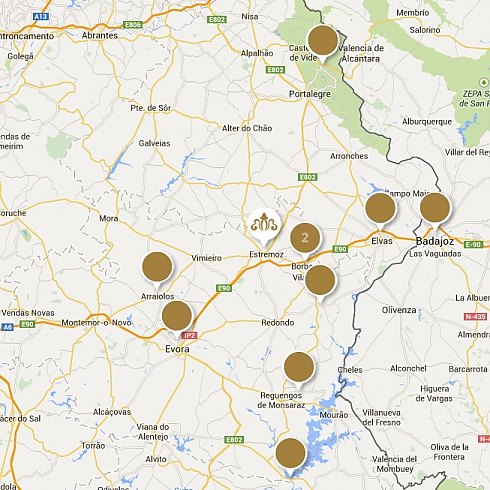
Estremoz is a small world within a larger world: the Alto Alentejo region.

If you have a car and a few days to spare, there is plenty to see and do in the region. If you only have a couple of hours, make the most of them by driving along green/golden plains (green in the Spring, golden in late Summer and Autumn) where you will hardly come across another car. You will clearly understand the essence of the region when you rest your eyes upon its emptiness: a region which invites contemplation, introspection and even a certain beatitude. This is a flat, wide, warm region where the skyline is endless and its people friendly. A region which has been called "the new Tuscany" - by the Condé Nast Traveller magazine - due to its wonderful preservation both in terms of landscape as architecture. For a stroll in History, we suggest its towns and villages. Cycling, horseback riding, water sports in the Alqueva dam, local art workshops, are a few examples of what you may easily do in the region.
A must-see are also the farms and wine producers. Feel the region through a glass of wine savored in places filled with hard work and history. The wine creation is an art. The wine is a reflection of a detailed work. The knowledge, experience and technology allows to improve with accuracy the different factors that influence the personality of a wine. To emphasize all the natural potential of the wines of Estremoz region - marked with the seal of quality of Alentejo wines -, is the passion of several wine farms that are located a few kilometers from Estremoz. From João Portugal Ramos Cellar, to the irreverent wines of Ricardo Cabaço. To the prominent Borba Cellar, through the Herdade das Servas and the renovated cellar from Quinta do Carmo (the Bacalhôa group) ending at the elite wine tourism "château" from Quinta de Dona Maria.
See the city map here!
Here are some of our favourite programmes, both in and outside Estremoz...
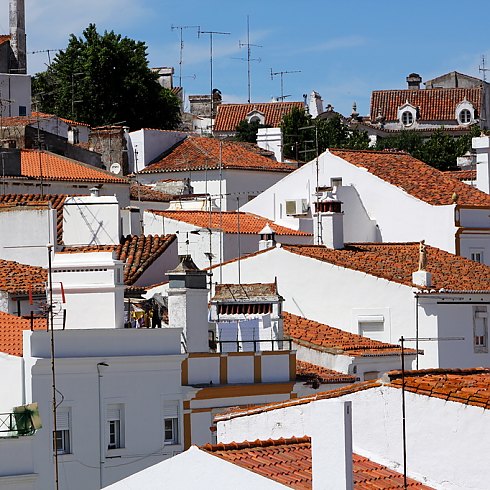
Estremoz
Besides the programmes designed by Pateo dos Solares Charm Hotel, it should be highlighted that Estremoz is a town to discover at your leisure, mostly walking and enjoying the views from the castle towards the peaceful plains and the narrow, steep streets bordered by tiny whitewashed houses. Estremoz, like all Alentejo, is a region to photograph at all times and from all angles, mostly because the harmony of the stone, the whitewashed buildings and the landscape colours is absolutely glorious.
See the city map here: https://bit.ly/2qu6Din
Do not miss the cuisine of the region. Estremoz, located in the central Alentejo and 30 minutes from Évora, is characterized by a typical cuisine of the people's wisdom. Here prevail spicy soups made with bread and herbs, pork, lamb and bird meats, cheese from sheep's milk, typical sausages and convent sweets made on the basis of egg yolks, almonds and gila. This region is a treat for the senses! Thus, we leave's invitation to "taste the region" in the best locations. Delight yourself with the snacks from Gadanha (which is also a typical grocery store), from Adega do Isaías, São Rosas Restaurant (which owes its name to the famous legend of Queen Santa Isabel and the miracle of roses), Cadeia Quinhentista (born from the ruins of the old chain of Estremoz), Alecrim Restaurant, or Herdade das Servas for wine tasting and visit.
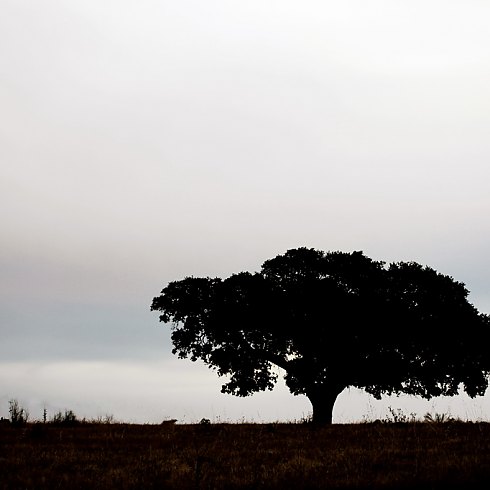
Alandroal
A village crowned by a well preserved medieval castle of great historical interest. Try to have lunch at Maria restaurant. Set in a courtyard and quite cool even on very warm days, this is a typical Alentejo restaurant, renowned for its meat dishes and delicious desserts.
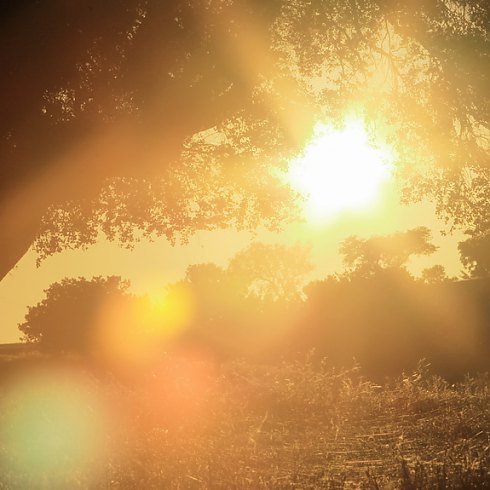
Arraiolos
Another village dominated by a medieval castle. Particularly well known are its world class wines and beautiful woolen rugs, which have been hand-woven for hundreds of years (they may be made to measure or following a specific pattern). Do not miss the Centro Interpretativo dos Tapetes de Arraiolos (Center for the Interpretation of the Arraiolos Rugs), which publicly displays this beautiful and unique Portuguese craft. For chidren (and grown-ups) do not forget to visit the Aldeia da Terra (Land Village), a sculpture garden of great cultural interest, as it is made up of tiny terracotta pieces which exhibit a tiny universe of houses, people, crafts, trees, monuments and others. This “village” grows every year under the clear blue skies of the Alentejo plains. Visitors are encouraged to interact with the professional potters to create their own pieces to take home.

Alqueva
30 km away from Monsaraz lies a beautiful dam, which, on hot summer days, reminds one of the sublime African landscapes. Not only is it impressive in terms of engineering as it is amazingly beautiful and serene. Built in 2003 to supply local villages with water, it has become a popular spot for water sports and some tourism. Make the most of your day and of the dam’s views by sitting at the restaurant’s balcony with a glass of cold white wine in your hand! You will feel in heaven! A museum dedicated to the dam’s history, which flooded an entire village (Luz village), is very much worth visiting as the building’s architecture has been often awarded. The museum includes two permanent collections - one of ethnography, the other of archaeology – as well as temporary exhibitions.
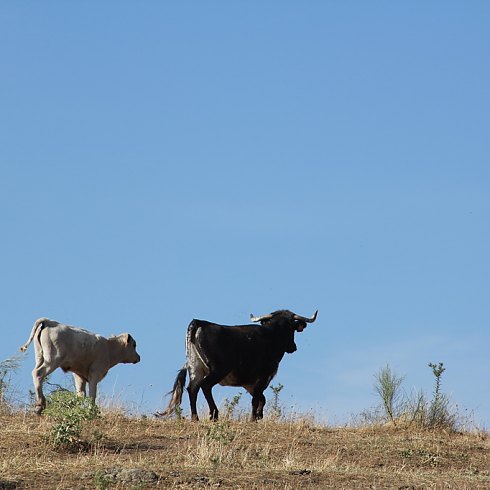
Badajoz
Badajoz is the mirror city of Elvas on the Spanish side of the border. Founded by the Moors in 8th century, Badajoz lies by the Guadiana river (which flows into the Atlantic in the Algarve). Casco Antigo, the name of Badajoz old quarter, is home to various monuments of great cultural interest such as the cathedral, the alcazar, the city walls and the Royal Monastery of Santa Ana which dates from 16th century. As in the whole of Spain, Badajoz “plazas” (squares) light up at sunset, when everybody gathers for a “copa” (a drink) and some local gossip.
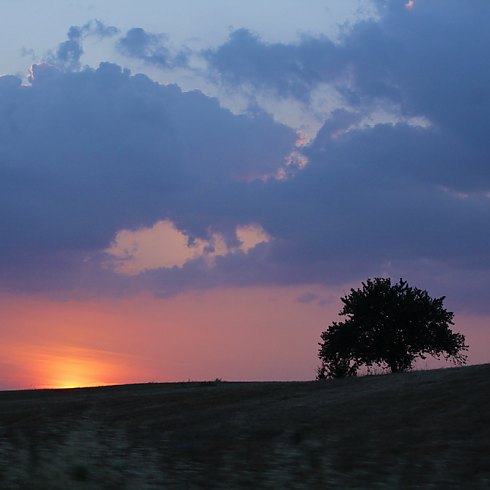
Borba
Borba should be visited leisurely, making numerous stops to appreciate its imposing churches, lovely chapels and austere manor houses of genuine Portuguese architecture. Another lovely feature of this village is the amount of antique and bric-a-brac shops it holds. The right spot to buy something genuinely Portuguese to take home with you! Festivals dedicated to the local wine abound.
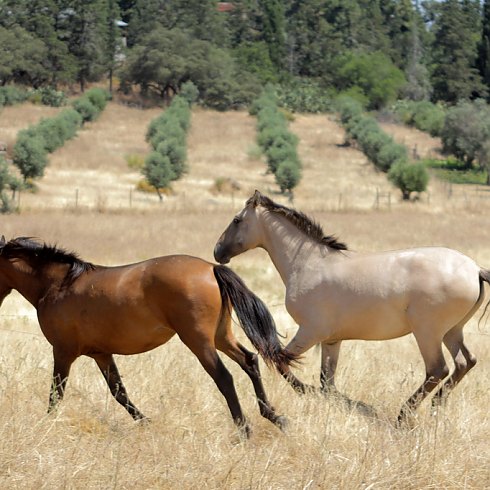
Elvas
This city, located in the flattest region of the Alentejo, is the ideal place for those who love horseback riding (check the Centro Hípico de São Brás or the Elxadai Park). A walled city, crossed by the impressive 16th century Amoreira aqueduct, it includes many elegant little squares with quaint little cafés as well as the extraordinary Santa Luzia Fort and a beautiful Gothic cathedral. Elvas is also renowned for its gastronomy. Try “Taberna do Adro”, “Pompílio” or “Adega Regional” for tasty, regional food. Elvas and its monuments have been classified as a World Heritage Site by UNESCO in 2012.
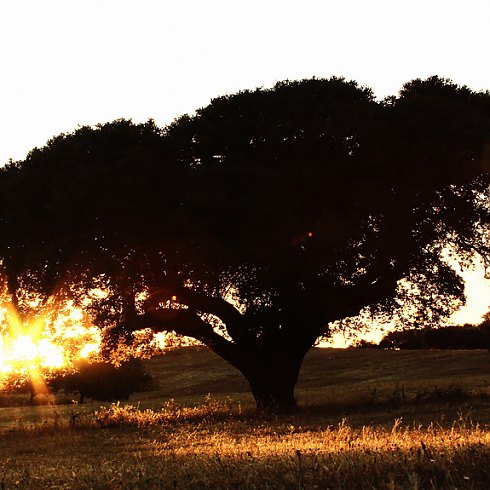
Évora
Is surely one of Portugal’s treasures. A city remarkably well preserved, almost modernist in its austerity and whiteness, it holds a very interesting past and is a World Heritage Site since 1985. Life starts and ends in the Giraldo Square, the city’s famous centre, flanked by beautiful archways under which you will find many arts and crafts shops. Start exploring this remarkable living museum by wandering its cobbled stone streets, grand manor houses and monuments such as the Diana Temple (Roman ruins), the unique Capela dos Ossos (a chapel made with human bones) and the excellent Évora Museum, a privileged space for all those who enjoy religious art.
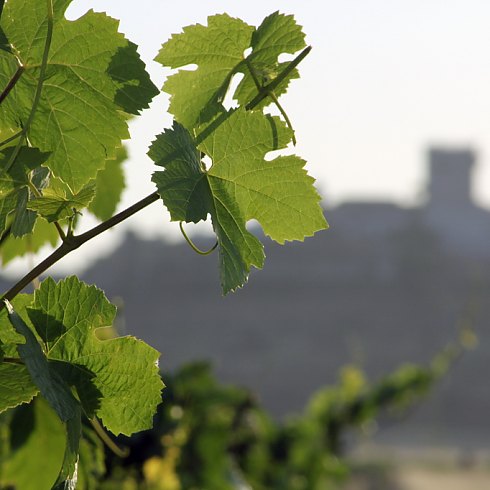
Marvão
Since the time of the Romans that Marvão rocks are used to protect the village from its frequent military invaders. With privileged views over the Alentejo plains as well as Spain, it is clear why it was so often used to defend the Portuguese territory. Unknown to foreign tourism in general, it has recently been included in the New York Times book “1000 places to see before you die”. Since July 2014 it is home to an international classical music festival run by the German conductor Christoph Poppen.
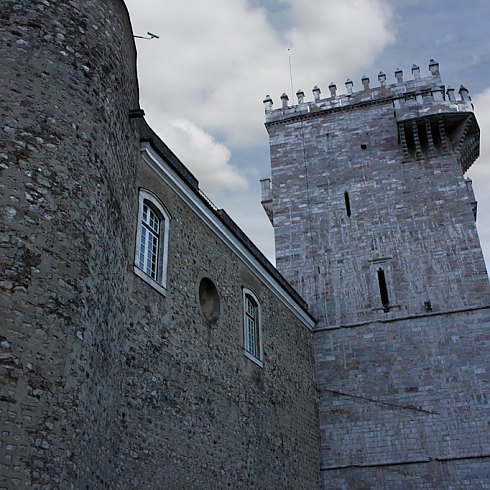
Monsaraz
One of the loveliest and best preserved villages in Portugal, it is home to an unforgettable panorama over the Guadiana river and the Alentejo fields. A steady stronghold for many centuries, it is now a village with streets made of schist and whitewashed buildings, hidden passages and little corners where time seems to hold still. When here, do not forget to visit the Alqueva.
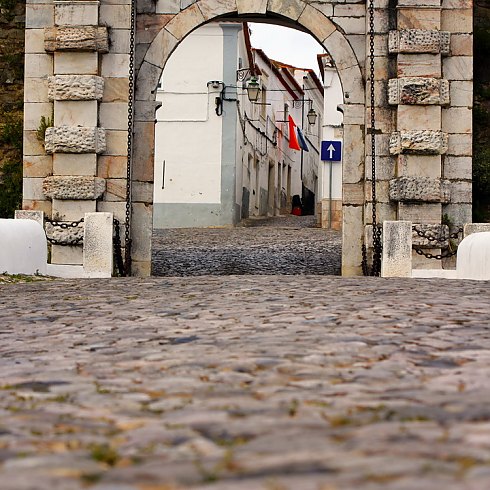
Vila Viçosa
A village close to Estremoz and home to the imposing Palace of the Bragança family (the former Portuguese royal family) which started to be build in 1510. This palace is very much worth visiting as well as the sanctuary dedicated to Our Lady of Conception, a wonderful church dedicated to the true Queen of Portugal (the statue of Our Lady of Conception was crowned Queen of Portugal by King Dom João IV, in appreciation to our independence from the Spanish in 1640). This sanctuary is located inside the village’s medieval castle walls, another of Vila Viçosa’s attractions. The castle, apart from its long history (it was built in the kingdom of Dom Dinis, in 13th century) includes an interesting Museum of Game and Archaeology.


